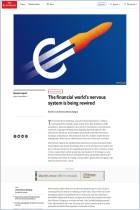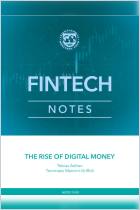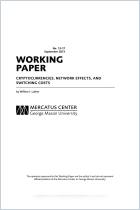
Article
Will central-bank digital currencies break the banking system?
Perhaps. But that might not be so bad.
The Economist,
2020
Recommendation
China issued its digital yuan in early 2021, beating other countries in launching a central bank digital currency (CBDC). The move acknowledges that cryptocurrencies – now a $2 trillion market – are here to stay. In this brief but expert sketch, The Economist examines whether CBDCs can not only compete with bitcoin, ETH and other digital assets but also if they will disrupt the traditional financial system. Bankers, financial professionals and digital currency stakeholders will find this an insightful analysis.
Summary
About the Author
The Economist is an independent weekly magazine covering business, foreign affairs, science and technology.
By the same author
Learners who read this summary also read
Article
Report






















Comment on this summary